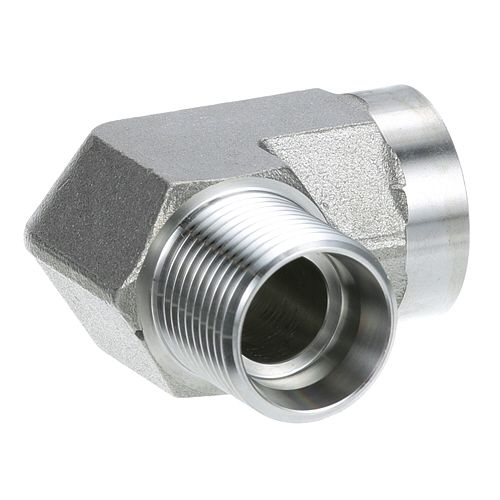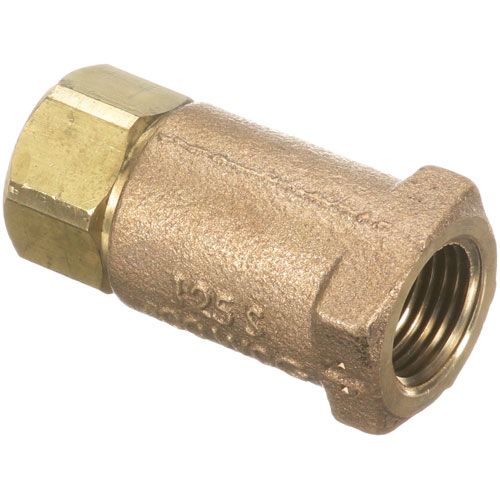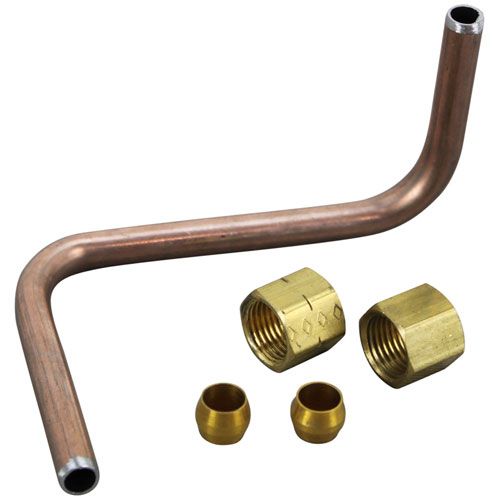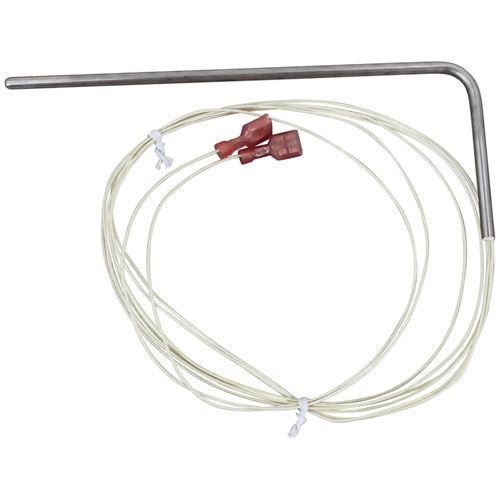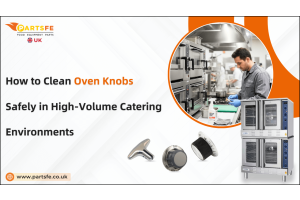Choosing Restaurant Counter Materials: What You Need to Know Now
Selecting the right materials for restaurant counters is a crucial decision that can significantly impact both the operational aspect and customer experience of any food service establishment. From warm and inviting surfaces in casual dining settings to sleek, modern finishes in upscale restaurants, the materials used can either complement or detract from the overall ambiance.
The counters are often the focal point of food prep and customer interaction, making it essential to choose materials that align with your brand's identity while being practical for day-to-day operations. This comprehensive guide will cover all essential components of kitchen essentials and restaurant counters, discuss various considerations when making your selection, compare different materials based on key factors, make recommendations based on various types of restaurants, and highlight sustainable options for the environment-conscious restaurateur.
| Table Of Contents: Understanding the Components of Restaurant Counters Factors to Consider When Choosing Materials Recommendations Based on Restaurant Types Sustainability and Eco-Friendly Options |
Understanding the Components of Restaurant Counters
The key components of restaurant counters include worktops, undercounter storage, food prep areas, display sections, and integrated equipment like warmers or ice machines & coolers.
Base structure material
The base structure of restaurant counters plays a vital role in supporting countertop material and ensuring its longevity. Here’s a closer look at some common materials used for the base structure:
-
Plywood: This is a commonly used material for cabinetry due to its strength and resistance to warping. It provides a solid foundation for countertops, but it should be treated properly, especially in high-moisture areas, to prevent rot and damage.
-
Medium-density fiberboard (MDF): MDF offers a smooth surface for application and is often used in cabinetry. However, it is more susceptible to moisture than plywood, so it may not be suitable for kitchens where exposure to spills is frequent. MDF is a good option for decorative elements that aren’t exposed to direct contact with moisture.
-
Stainless steel: Renowned for its durability and hygiene, stainless steel is a favored base material for commercial kitchens and service areas. It resists heat, moisture, and staining, making it ideal for high-use environments. Stainless steel is easy to clean and maintain, contributing to a sterile environment, which is critical in food preparation areas.
Countertop surface materials
While the base structure is crucial, the choice of countertop surface is where aesthetics and functionality truly intertwine. Here are some popular options:
-
Granite: Known for its timeless beauty, granite countertops offer both aesthetic and practical benefits. However, granite should be sealed regularly to prevent staining from spills. Its natural patterns add a unique character to each surface and elevate the dining experience in high-end establishments.
-
Quartz: This engineered stone combines crushed quartz and resin, making for a non-porous, durable surface. It is available in a variety of colors and finishes, allowing for customizations that align with restaurant themes.
-
Marble: With its luxurious appearance, marble adds sophistication to any restaurant. However, it can be less durable than granite or quartz, as it is softer and may stain easily. Prospective users must weigh the aesthetic appeal against the potential for wear and tear, especially in high-traffic environments.
-
Laminate: A budget-friendly option, laminate countertops can mimic the appearance of more expensive materials at a lower cost. While easy to clean, laminate is not as durable as natural stones and can be susceptible to scratches and heat damage, making it more suitable for casual dining settings.
-
Solid Surface: These non-porous materials are seamless and easily maintainable, offering a continuous surface. While they provide a modern look, they are generally pricier than laminate options.
Factors to Consider When Choosing Materials
The decision-making process for selecting countertop materials involves several factors that can impact performance and customer perception:
-
Durability and longevity: Among the most essential aspects, durability determines how long a counter will last under the typical wear and tear of a restaurant environment. Restaurants that experience high traffic will benefit from selecting materials that withstand daily use without showing significant signs of damage. For instance, stainless steel, granite, and quartz are commonly acknowledged for their impressive durability.
-
Maintenance and hygiene: Non-porous materials, like solid surface and quartz, prevent food and liquid from penetrating, presenting a more hygienic option. Regular cleaning routines and appropriate care materials should be established to keep surfaces pristine.
-
Cost-effectiveness: Cost is a significant factor in any renovation project. Laminate might offer a more cost-effective choice initially; however, the potential need for replacement may make it less economical over time.
-
Aesthetic appeal and brand alignment: The choice of materials should reflect the brand’s theme and service level. Upscale restaurants benefit from high-end finishes like marble or granite, which visually appeal to discerning clients. On the other hand, casual dining spots may favor colorful laminate options that fit their relaxed atmosphere.
-
Resistance to heat, moisture, and stains: Material choice should acknowledge the challenges posed by kitchen environments. Heat and moisture are constant factors, and materials should withstand exposure without suffering damage. Natural stones like granite and quartz exhibit heat resistance, while laminate often struggles in such environments.
Creating Functional Spaces: The Latest Trends in Commercial Kitchen Layouts
Recommendations Based on Restaurant Types
Choosing the right countertop materials for different types of restaurants is crucial to ensure durability, hygiene, and customer appeal. Below is a breakdown of material recommendations tailored to specific restaurant types:
|
Restaurant Type |
Recommended Materials |
Reasons |
|
Fast Food Outlets |
Laminate |
|
|
Fine Dining Restaurants |
Granite, Quartz with Wooden Bases |
|
|
Cafés and Bakeries |
Solid Surface, Laminate |
|
|
Buffets & Self-Service |
Stainless Steel, Solid Surface |
|
Sustainability and Eco-Friendly Options
As the demand for eco-friendly practices rises, it’s prudent to explore sustainable material options for your restaurant counters:
-
Recycled materials: Some suppliers offer countertops constructed from recycled content, providing a stylish option that can reduce your restaurant’s environmental footprint. These surfaces can be made from post-consumer products, and they often come in unique styles that set a restaurant apart.
-
Sustainable sourcing: Choosing materials from manufacturers that prioritize responsible harvesting and production methods contributes positively to environmental conservation efforts.
-
Environmental impact considerations: Evaluate the environmental impact of the materials utilized beyond aesthetics and durability. Assess the lifecycle of the material—from production through installation to eventual disposal—and select options that minimize negative effects on the ecosystem.
-
Certification standards: Look for certifications, such as LEED (Leadership in Energy and Environmental Design) or Green Seal. These certifications can ensure the materials you choose meet recognized benchmarks for sustainability and environmental stewardship.
How to Set Up a Functional Commercial Kitchen: Key Appliances
Choosing the right materials for restaurant counters is an integral part of establishing a dining environment that successfully balances aesthetics, functionality, and durability. By considering elements such as base structure materials, surface options, durability, maintenance, costs, and sustainability, restaurant owners can make informed choices that resonate with customers while also enhancing operational efficiency.
Investing time and thought into this decision will yield significant returns in customer satisfaction, brand identity, and long-term performance. Craft a counter that not only looks good but performs seamlessly every day for years to come, ensuring a welcoming atmosphere that guests appreciate and remember.
PartsFe UK offers a wide range of commercial catering equipment spare parts, including Fryer Parts, Griddle & Grill Parts, Ice Machine Parts, Oven Parts, and Dishwasher Parts from top brands.
FAQs
What are the most durable countertop materials for high-traffic restaurant kitchens?
Materials like stainless steel, quartz, and granite are highly recommended due to their resistance to scratches, heat, and stains.
What factors contribute to the cost difference between countertop materials?
Costs vary due to material sourcing, manufacturing processes, durability, and the ease of maintenance required for each type.


